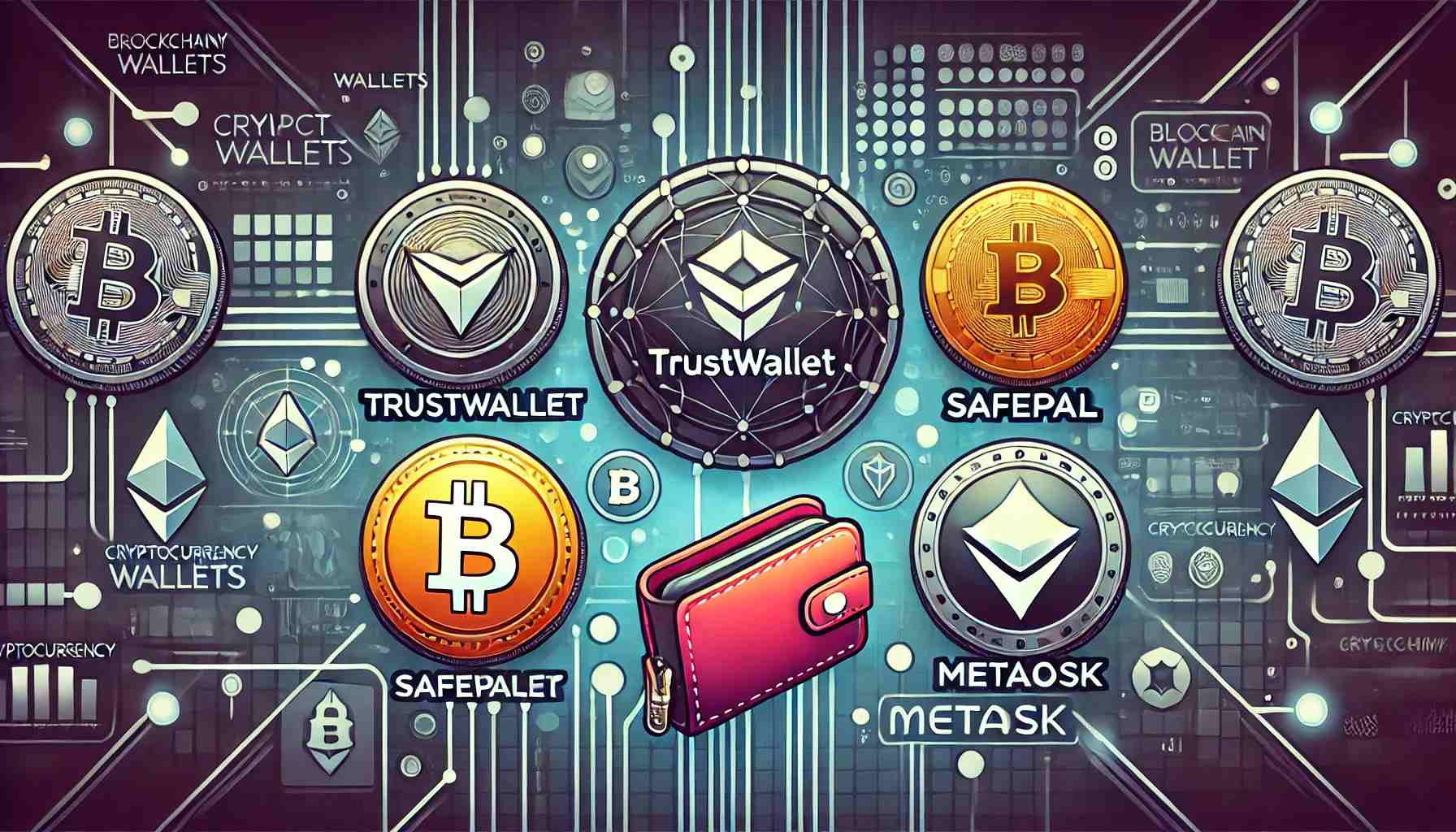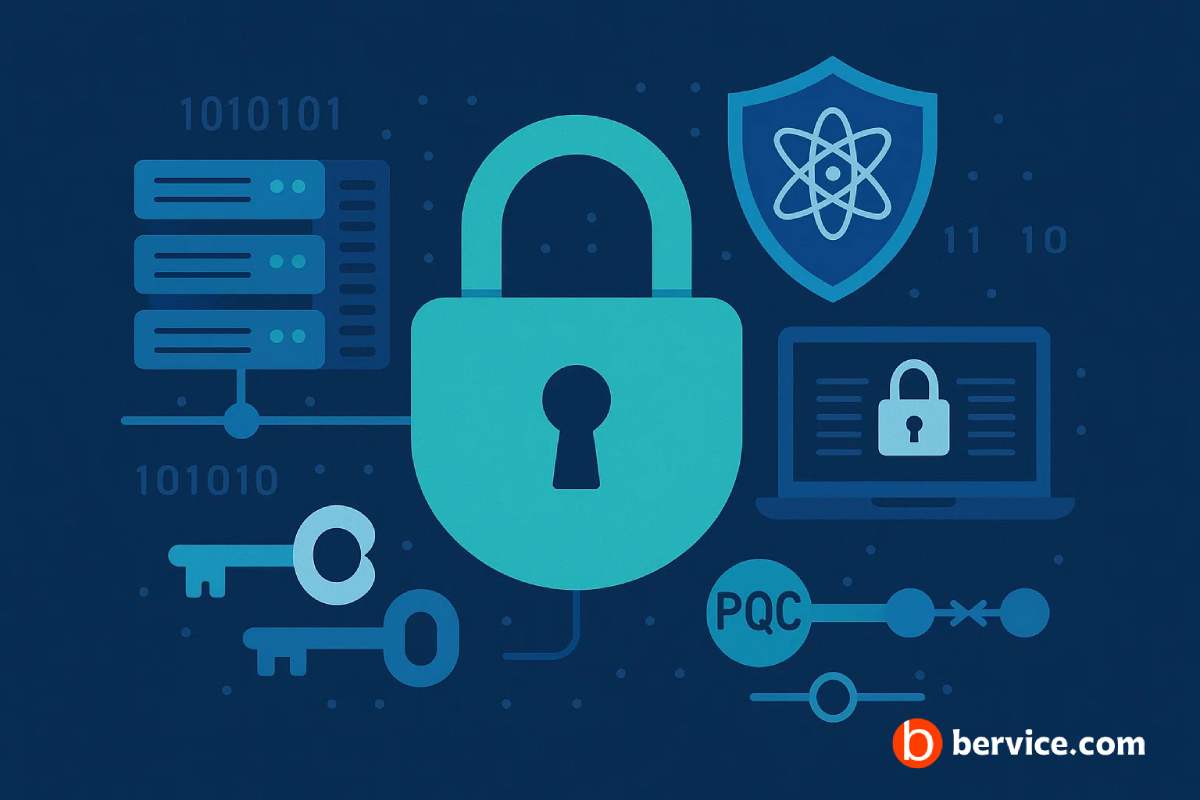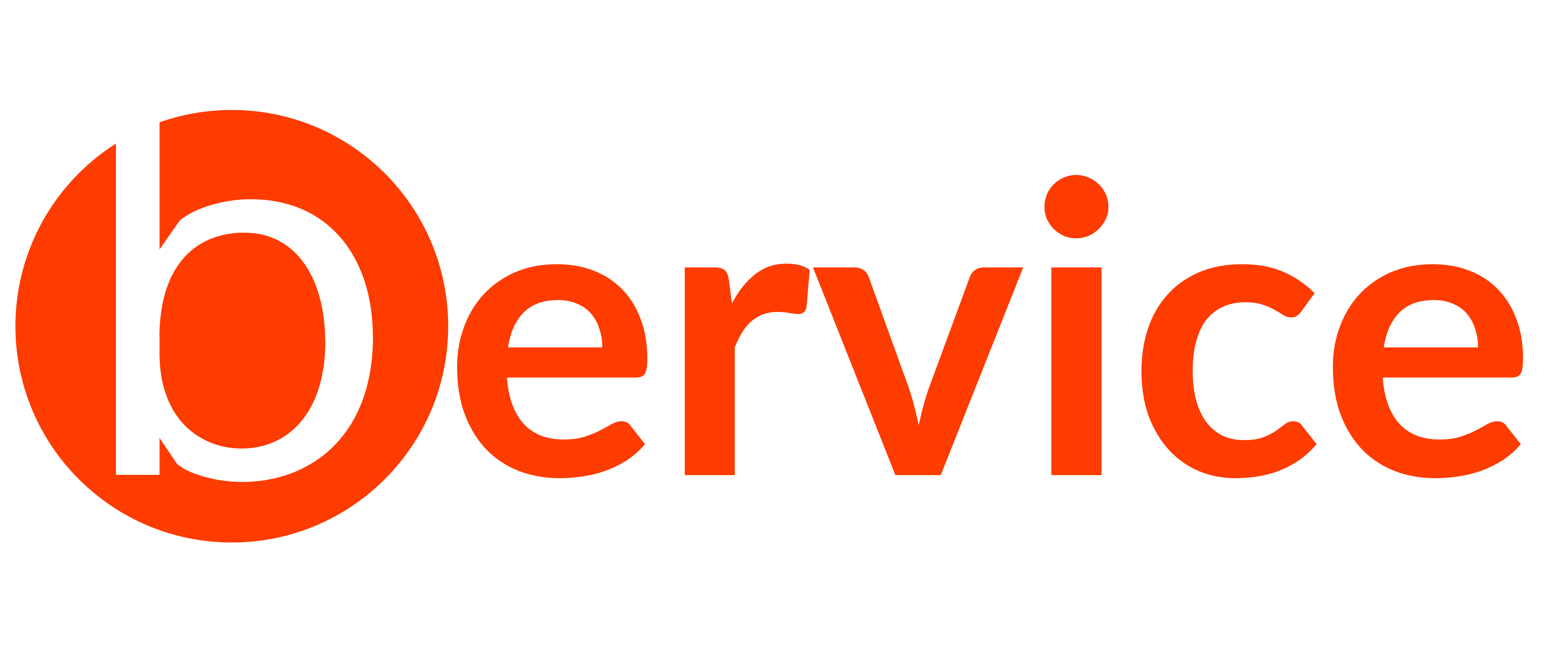
Cryptocurrency wallets are essential tools for storing and managing digital assets. They interact with blockchains to facilitate secure transactions and help users store their private keys. Trustwallet, Safepal, and Metamask are among the most popular cryptocurrency wallets, and while they all have unique features, they share some common principles. Here’s a detailed look at how these wallets work and handle cryptocurrency transactions.
1. What is a Cryptocurrency Wallet?
A cryptocurrency wallet is a software application that allows users to send, receive, and store cryptocurrencies securely. It does not actually store the cryptocurrencies themselves but rather the private keys associated with blockchain addresses. The private key is a cryptographic string that proves ownership of the assets and is required to sign transactions.
2. Types of Cryptocurrency Wallets
Cryptocurrency wallets can be broadly categorized into two types:
- Hot Wallets: These wallets are connected to the internet. Examples include Trustwallet, Safepal, and Metamask. Hot wallets are convenient for frequent transactions but are more vulnerable to hacking.
- Cold Wallets: These wallets are offline, such as hardware wallets like Ledger or Trezor. They are much more secure but less convenient for daily use.
3. How Do Cryptocurrency Wallets Work?
All cryptocurrency wallets work on a similar principle:
- Private and Public Keys: Each wallet generates a pair of cryptographic keys: a public key (which is like your account number) and a private key (which is like your password). The public key is used to receive funds, while the private key is used to sign transactions and access the funds stored in the wallet.
- Blockchain Interaction: The wallet connects to a blockchain network (such as Ethereum or Binance Smart Chain) to send or receive transactions. When a user initiates a transfer, the wallet signs the transaction with the private key, proving ownership, and sends it to the blockchain for validation and execution.
4. Transaction Process in Trustwallet, Safepal, and Metamask
Let’s take a closer look at how each of these wallets handles transactions:
Trustwallet
Trustwallet is a mobile hot wallet that supports a wide variety of cryptocurrencies and tokens. When you initiate a transaction in Trustwallet:
- You select the cryptocurrency you want to send and enter the recipient’s address.
- The wallet asks you to confirm the transaction details.
- Once confirmed, Trustwallet uses your private key to sign the transaction.
- The signed transaction is then broadcasted to the blockchain network.
- Once the blockchain network verifies the transaction, it is considered complete, and the recipient receives the funds.
Safepal
Safepal is a hardware and software wallet, making it a hybrid option. It supports both hot and cold storage. The transaction process for Safepal involves:
- You create or import a wallet in the Safepal app.
- When initiating a transaction, the app communicates with the Safepal hardware device (if using cold storage).
- The transaction is signed offline using the private key stored on the hardware wallet.
- The signed transaction is then broadcast to the network via the app or device.
- The network verifies and processes the transaction as usual.
Metamask
Metamask is a popular Ethereum-based wallet that also supports other blockchains through custom networks. Its transaction process works as follows:
- You connect your Metamask wallet to a decentralized exchange (DEX) or other blockchain service.
- When making a transaction (such as swapping tokens), Metamask asks you to confirm the details.
- Upon confirmation, Metamask signs the transaction with your private key and submits it to the blockchain.
- The blockchain network processes the transaction, and the funds are sent to the recipient.
5. Transaction Fees and Gas
In many cryptocurrency networks, such as Ethereum, every transaction involves a transaction fee (also known as gas). This fee is paid to miners or validators who process and confirm transactions. Wallets like Trustwallet, Safepal, and Metamask allow users to set the transaction fee or gas fee, depending on how quickly they want the transaction to be processed.
6. Security Measures
Since cryptocurrency wallets are responsible for managing private keys, security is critical. Here are the main security features provided by these wallets:
- Private Key Management: Wallets store private keys securely, either in the app, hardware, or other encrypted formats.
- Two-Factor Authentication (2FA): Some wallets, like Trustwallet and Metamask, offer 2FA to secure login and transactions.
- Backup Phrases: Most wallets provide a backup phrase (seed phrase) when you create a wallet. This is a list of words that can be used to restore your wallet if your device is lost or damaged.
- Hardware Wallet Integration: Safepal integrates with hardware wallets to provide cold storage, reducing the risk of online attacks.
7. Conclusion
Trustwallet, Safepal, and Metamask are robust tools for managing cryptocurrency. They all operate on the same fundamental principle of storing private keys and signing transactions, but they differ in their approach to storage (hot or cold) and the level of integration with different blockchains. Understanding how they work and handle transactions will help you make the most of these wallets while keeping your assets secure.
Connect with us : https://linktr.ee/bervice





